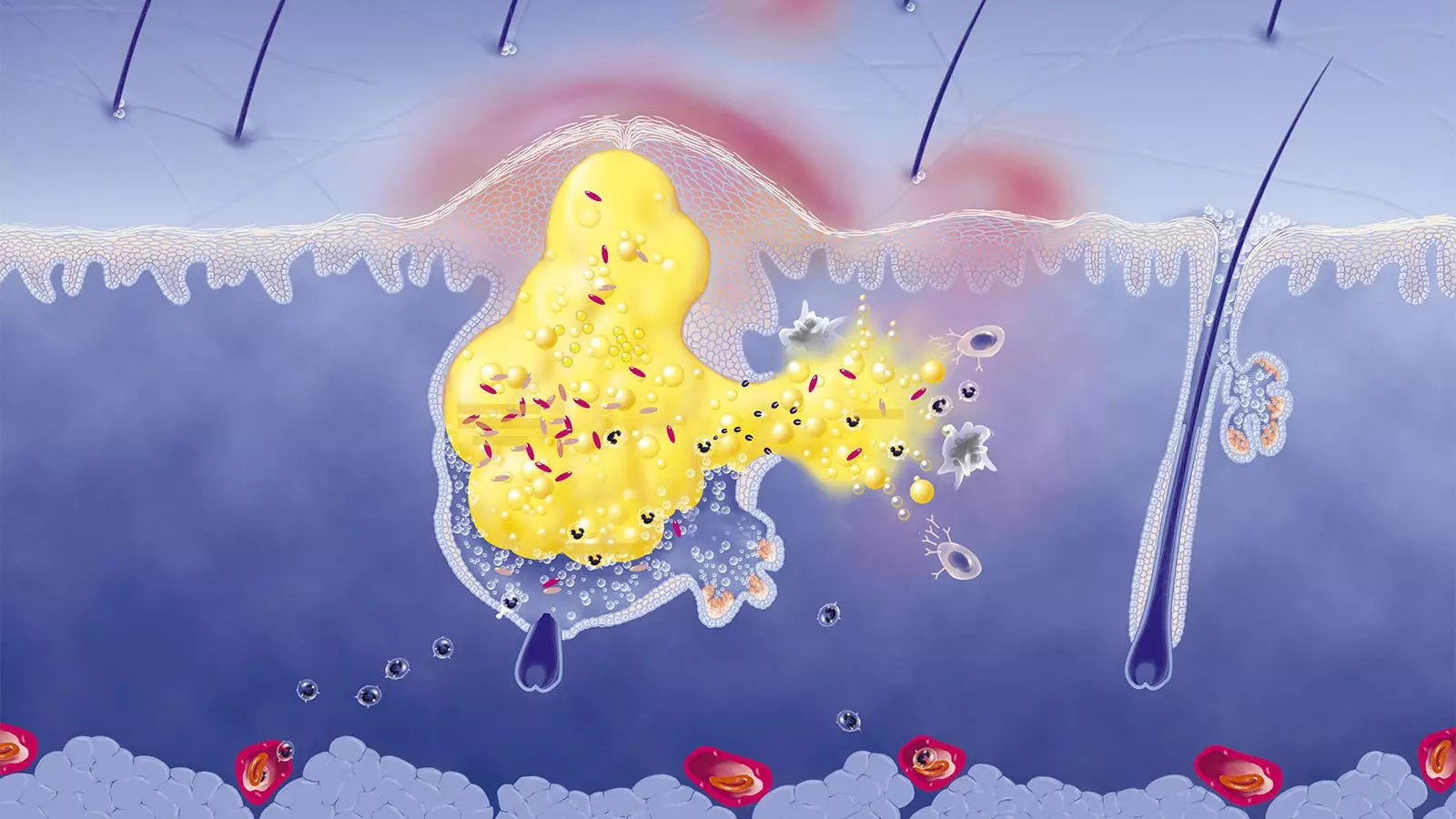Acne, a common skin condition affecting millions of people worldwide, has long been a source of frustration for dermatologists and patients alike. With a multitude of treatment options available, ranging from antibiotics to topical retinoids, finding the most effective regimen can be a daunting task. Recently, a panel of experts drafted an update to the American Academy of Dermatology (AAD) clinical guidelines, providing strong recommendations for the treatment of acne. In this article, we will critically analyze these recommendations and explore their implications for patients and clinicians.
The panel’s recommendations include 18 treatment recommendations, categorized as strong or conditional, and five good practice statements. Among the strong recommendations, several treatment options stand out. Oral doxycycline, a commonly prescribed antibiotic, received a strong recommendation, along with topical antibiotics (including fixed-dose combinations), topical retinoids, and topical benzoyl peroxide. These treatments have a solid evidence base and are widely recognized as effective in managing acne.
New Approaches to Acne Treatment
The updated guidelines also highlight the importance of novel acne treatments such as clascoterone (Winlevi) and sarecycline (Seysara). Clascoterone, the first FDA-approved treatment for hormonal acne in both men and women, addresses a specific cause of acne and offers a promising alternative to traditional treatments. Sarecycline, a narrow-spectrum tetracycline, shows potential advantages over other tetracyclines commonly used for acne. These new treatments have the potential to significantly improve patient outcomes, but their accessibility and affordability remain crucial factors that need to be addressed by payers.
One notable aspect of the updated guidelines is the AAD’s transition from Strength of Recommendation Taxonomy (SORT) to the Grading of Recommendations, Assessment, Development, and Evaluation (GRADE) approach. This shift aligns the guidelines with international standards and provides a more comprehensive evaluation of treatment recommendations. The GRADE approach considers not only the benefits and risks of a treatment but also the burdens and patient values. By adopting this approach, the guidelines aim to provide more nuanced and patient-centered recommendations.
Conditional Recommendations and Hormonal Treatments
In addition to the strong recommendations, the panel also made several conditional recommendations. These recommendations imply that the benefits and risks of a treatment are closely balanced and may vary depending on patient preferences. The panel conditionally recommended several topical agents, such as clascoterone, salicylic acid, and azelaic acid, as well as minocycline and sarecycline. While these treatments may offer some benefits, the panel suggests that further research is needed to confirm their effectiveness.
When it comes to hormonal treatments, the panel conditionally recommended oral contraceptives and spironolactone. Although no regular monitoring of potassium levels is necessary for healthy patients on spironolactone, it might be considered for those with risk factors for hyperkalemia. These recommendations provide clinicians with additional options, but careful consideration of individual patient characteristics is essential in determining the most suitable treatment approach.
While the majority of the recommendations aim to improve patient care, some cautionary notes and safety concerns were highlighted. The panel advises against the use of pneumatic broadband light in combination with adapalene gel due to a lack of evidence supporting its efficacy. Furthermore, the use of trimethoprim-sulfamethoxazole should be limited due to the risk of severe adverse reactions such as Stevens-Johnson syndrome/toxic epidermal necrolysis and acute respiratory failure.
The updated AAD clinical guidelines offer valuable insights into the treatment of acne. The strong recommendations for antibiotics, benzoyl peroxide, topical retinoids, and oral isotretinoin provide clinicians with evidence-based options to manage this challenging condition effectively. Additionally, the inclusion of conditional recommendations and the transition to the GRADE approach demonstrate a commitment to patient-centered care. By critically evaluating these guidelines, healthcare providers can make informed decisions and tailor treatment plans to suit individual patient needs. With the introduction of novel treatments, we can hope for better outcomes and improved quality of life for acne patients in the future.


Leave a Reply